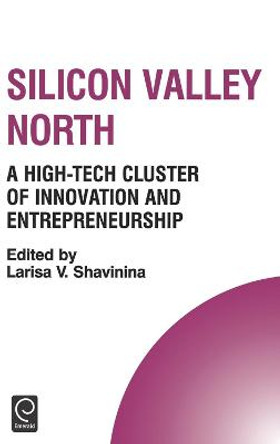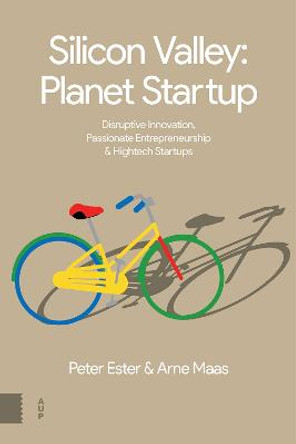Description
The enormous and sustained success of Silicon Valley has excited interest around the globe. Startup companies the world over are attempting to emulate its high tech businesses, and many governments are changing their institutions in order to foster Silicon Valleys of their own. What accounts for the Valley's leading edge in innovation and entrepreneurship?
This book gives an answer by insiders, by prominent business leaders and academics from the heart of the Valley. They argue that what distinguishes the Valley is not its scientific advances or technological breakthroughs. Instead, its edge derives from a "habitat" or environment that is tuned to turn ideas into products and take them rapidly to market by creating new firms.
This habitat includes supportive government regulations for new firm formation, leading research universities that interact with industry, an exceptionally talented and highly mobile work force, and experienced support services in such areas as finance, law, accounting, headhunting, and marketing, all specializing in helping new companies form and grow. Not least is a spirit of adventure and a willingness to take risks.
The elements of this habitat are packed into a small geographic area. In it, networks of specialists form communities of practice within which ideas develop and circulate and from which new products and new firms emerge. Feedback processes are strongly at work: the successes of Valley firms strengthen the habitat, and the stronger it becomes, the more new, successful firms are created.
Among industries, electronics came into the Valley first, followed by semiconductors, computers, software, and, in the 1990s, biotechnology, networking, and the Internet. This extraordinary ability to keep adding new industrial sectors itself affects the prospect for the Silicon Valley's future. What lies ahead? From within, the Valley faces serious challenges in defining a new generation of entrepreneurs, addressing a growing digital divide, and maintaining quality of life. At the same time, the Valley must redefine its global role with respect to other rising innovative regions worldwide. Nevertheless, the proven ability of its highly effective habitat suggests that in both innovation and entrepreneurship, Silicon Valley will maintain its edge.
About the Author
Chong-Moon Lee is Chairman and CEO of AmBex Venture Group and Consulting Professor of the Asia/Pacific Research Center, Stanford University. William F. Miller is Herbert Hoover Professor of Public and Private Management Emeritus at the Graduate School of Business, Stanford University. Marguerite Gong Hancock is Project Manager of the Silicon Valley Networks Project at Stanford University. Henry S. Rowen is Professor of Public Policy and Management Emeritus at the Graduate School of Business and Director of the Asia/Pacific Research Center at Stanford University.
Reviews
"Must reading for anyone who wants to understand the driving point for the New Economy. It's especially gratifying to learn the story directly from some of the Valley's key figures."-John Young, retired CEO, Hewlett-Packard
"To emulate, one must first understand. This book is an essential guide for communities and individuals worldwide trying to understand and emulate this startling phenomenon known as Silicon Valley. It shows that by harnessing the power of abundant ideas, 'Silicon Valley' has become not just a place but a culture and a state of mind."-Vinod Khosla, General Partner, Kleiner Perkins Caufield and Byers
"While a number of books have been written on Silicon Valley, this one is unequaled in combining observation and analysis by both scholars and key practitioners. Fine reading for scholars and sophisticated laypersons alike."-Richard R. Nelson, Columbia University
Book Information
ISBN 9780804740630
Author Chong-Moon Lee
Format Paperback
Page Count 456
Imprint Stanford University Press
Publisher Stanford University Press
Weight(grams) 649g







